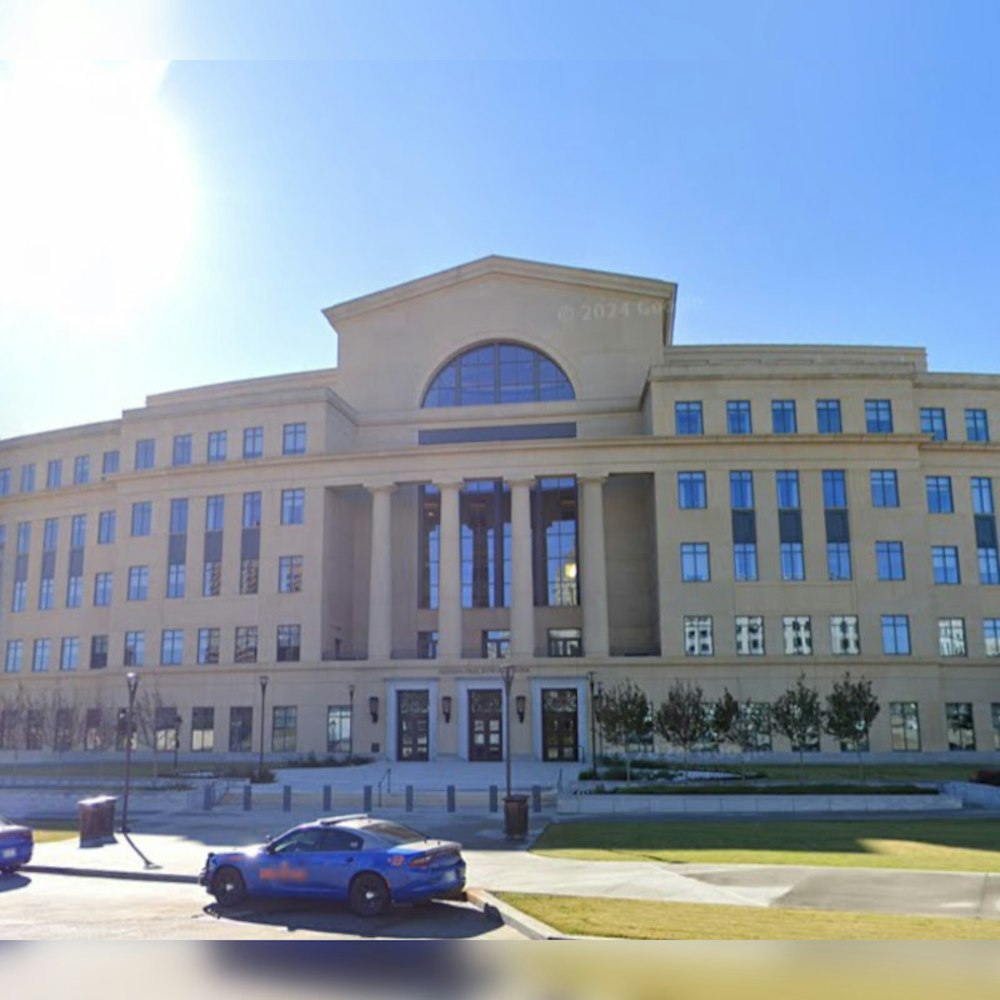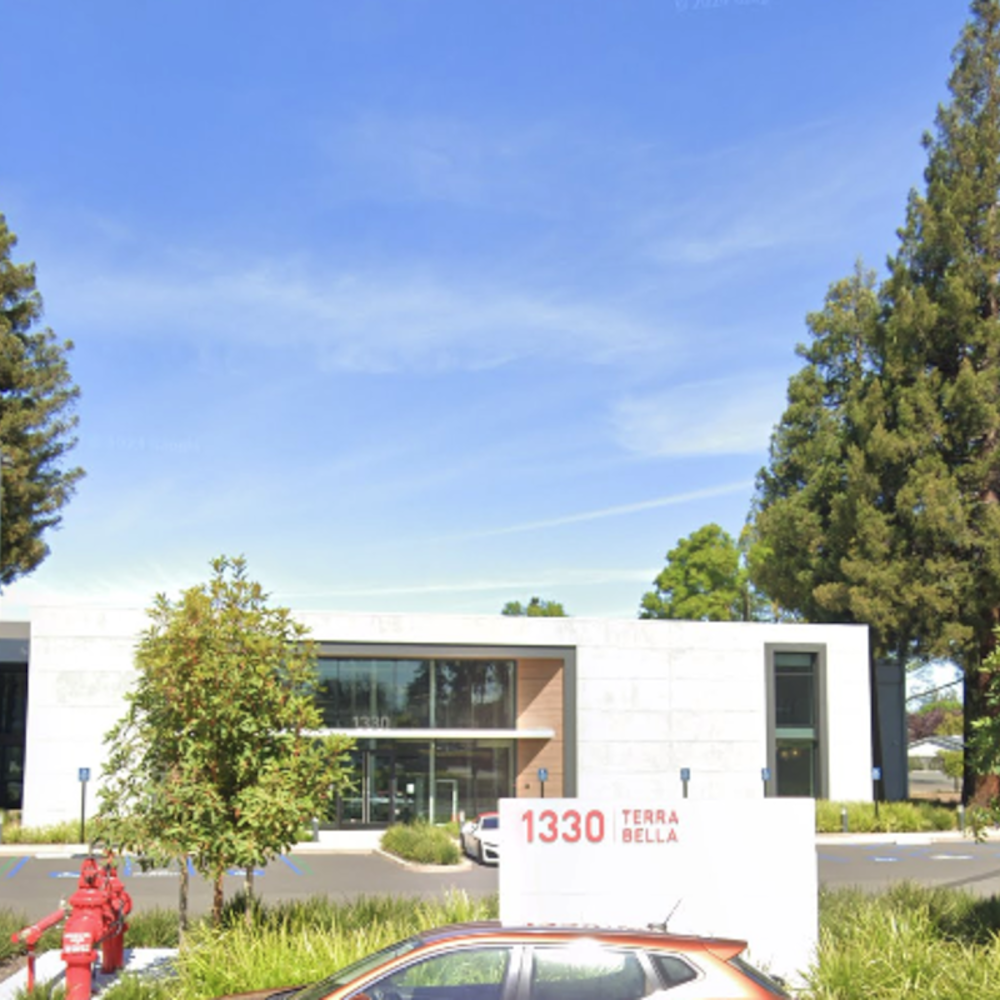
The U.S. Environmental Protection Agency has rolled up its sleeves to tackle the PCB problem at the Ten-Mile Drain Superfund site in St. Clair Shores, Michigan. As reported by EPA, the finalized plan will zap contaminants deep beneath a neighborhood of homes and commercial buildings. Six manhole vaults and more than two thousand feet of concrete pipe are on the chopping block to be excavated and removed, along with the associated stone and backfill material.
Resting 15 feet under the surface and discharging into two canals linked to Lake St. Clair, the storm sewer system poses a threat not just to the environment but to utility workers too. Workers encountering the PCB contamination, an event the EPA is keen on eliminating, will no longer be a concern. These canals, edged by roughly 125 homes, serve as gateways for recreational boating, swimming, and fishing activities. The cleanup drive is a part of EPA's grander scheme to cleanse the area off pollutants that have haunted it for decades, as reported by The Detroit News.
PCBs, the environmental troublemakers, were first detected in the drain way back in 2001. Banned since 1979 due to their carcinogenic nature and harmful effects on various human systems, their persistence in the environment has led to a series of remediation efforts. Only after the storm sewer's declaration as a Superfund site in 2010 did the real work begin. The EPA has already shown considerable progress by removing contaminated soil from 37 properties and the canals in 2003 and 2004, but the stubborn return of the pollutant demanded a more comprehensive approach.
This summer holds the promise of further cleanup, with 23 residential and one commercial properties in the queue to bid adieu to PCB-contaminated soil. The EPA is committed to scrubbing the stain that the 'historical PCB release from a local parking lot,' believed to be the source of all the trouble, left behind. The solace for homeowners comes in the form of funding—courtesy of the Bipartisan Infrastructure Law.









